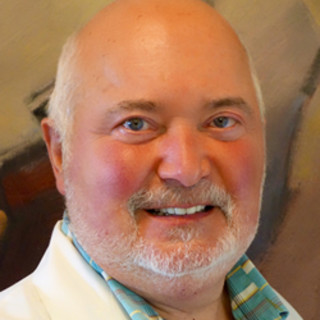
Karen is a 43-year-old RN who has worked as an emergency room nurse for the past 20 years. She woke at 0200 hours on a cold winter's day with a severe headache and slight shortness of breath. She walked down the stairs from her bedroom, passed her children's rooms, and entered her kitchen feeling slightly dizzy. She reached into her closet for a bottle of aspirin and realized her family pets had not accompanied her. She became cognizant of the signs of an admission presentation that she had seen in the past, noticed that she was still dizzy, and made a call to her 911 fire department dispatcher. She gave the dispatcher her address.
This is all she remembered before she fell to the kitchen floor.
The ambulance arrived, entered the home, and gave Karen oxygen as they searched the house. They found the husband and two older children unconscious in their beds, along with the family dogs. Simultaneously, they discovered the presence of carbon monoxide and found that the roof and chimney had been worked on and were covered by a large tarp, preventing the carbon dioxide from escaping the home. The entire family was brought to the local emergency room and then to a bariatric chamber for oxygenation.
What caused this winter emergency? Can you see the potential patients and understand the serious diagnosis and treatment?
PAs and NPs usually associate the words "silent killer" with hypertension. It is also, in fact, used to describe carbon monoxide (CO) poisoning. In 2016, CO was the causative factor in 397 deaths. CO2 poisoning presents with a myriad of similar symptoms which, if they cascade, can end in death. CO is colorless, odorless, and tasteless—yet its cumulative effects are deadly.
How does CO poisoning happen? It is usually associated with a deficiency in a heating system where CO can build up. This can be from a space heater in winter, from wood-burning and charcoal-burning fireplaces or heaters, from propane gas heaters, or from running a gas-operated vehicle or generator in an enclosed space. It can also occur because of a clogged fireplace or flu vent. Precautions include simple maintenance on these devices and the presence of CO alarms on each floor of a home, near bedrooms. The batteries need to be changed twice yearly and the alarms need to be replaced every two years.
The physiology behind CO poisoning is the exchange of CO for oxygen in the hemoglobin, thus causing cell and organ failure. The treatment is immediate removal from the source, oxygenation, and, in more severe cases, hyperbaric chambers. Emergency rooms and fire departments have a device for measuring the amounts of CO in the blood. Symptoms include severe, dull headache associated with dizziness or fainting, shortness of breath, confusion, nausea and vomiting, generalized flu-like symptoms without fever, as well as ophthalmological signs (e.g., blurred vision) and neurological signs (e.g., seizures).
Because there is an overlap of signs and symptoms, CO poisoning can easily be misdiagnosed—differential diagnoses include headache syndrome, pneumonia, influenza, or migraine syndrome. Given the abundance of other potential diagnoses, it is essential for healthcare providers to be adequately insured with policies that would protect them for failure to diagnose or failure to treat.
I consider myself fortunate; I have seen this presenting diagnosis on three families over a span of two years, while working in a good ER. During this time, I was adequately insured by a personal liability policy.
Regardless of how well we may practice medicine, we are still "practicing" and we continue to learn by our mistakes. Smart people account for the risks—they do not ignore them. Over the years, it has given me much peace of mind to know that if I make a medical error, I have CM&F as my insurance carrier. My A.M. Best A++ Superior policy is my safety in a time of storm.
Robert M. Blumm, MA, PA, PA-C is an author, national conference speaker, and suture workshop director. He is the former liaison for the American Association of Physician Assistants and the American College of Surgeons, as well as the past president for the Association of Plastic Surgery Physician Assistants. He is on the editorial board at Clinician1 and Advance for NPs and PAs.







